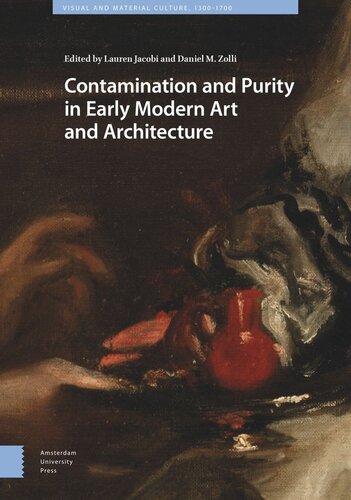

Most ebook files are in PDF format, so you can easily read them using various software such as Foxit Reader or directly on the Google Chrome browser.
Some ebook files are released by publishers in other formats such as .awz, .mobi, .epub, .fb2, etc. You may need to install specific software to read these formats on mobile/PC, such as Calibre.
Please read the tutorial at this link: https://ebookbell.com/faq
We offer FREE conversion to the popular formats you request; however, this may take some time. Therefore, right after payment, please email us, and we will try to provide the service as quickly as possible.
For some exceptional file formats or broken links (if any), please refrain from opening any disputes. Instead, email us first, and we will try to assist within a maximum of 6 hours.
EbookBell Team

4.7
96 reviewsThe concepts of purity and contamination preoccupied early modern Europeans fundamentally, structuring virtually every aspect of their lives, not least how they created and experienced works of art and the built environment. In an era that saw a great number of objects and people in motion, the meteoric rise of new artistic and building technologies, and religious upheaval exert new pressures on art and its institutions, anxieties about the pure and the contaminated - distinctions between the clean and unclean, sameness and difference, self and other, organization and its absence - took on heightened importance. In this series of geographically and methodologically wide-ranging essays, thirteen leading historians of art and architecture grapple with the complex ways that early modern actors negotiated these concerns, covering topics as diverse as Michelangelo's unfinished sculptures, Venetian plague hospitals, Spanish-Muslim tapestries, and emergency currency. The resulting volume offers surprising new insights into the period and into the modern disciplinary routines of art and architectural history.